When the autumn crab is fat, the greedy mouth must be cautious Event background Recently, according to local media reports from Taihu Lake in Jiangsu Province, Jiangsu Inspection and Quarantine Bureau informed the Hong Kong FEHD about the detection of dioxins and polychlorinated biphenyls in Taihu export crabs. The Jiangsu Inspection and Quarantine Bureau has already learned about the situation in Hong Kong. The land is communicating on this matter to further understand the situation. The crab is delicious and delicious. Why is it related to dioxin? Dioxin is very stable, has a high melting point, is extremely difficult to dissolve in water, and is soluble in most organic solvents. It is a colorless and odorless fat-soluble substance, so it is very easy to accumulate in living organisms. Crab crab crab yellow is a lipid substance, it is easy to enrich dioxin. Even chillies with less fat can still detect dioxins. It is not accidental that hairy crabs detect dioxin. It is well known that dioxins are widely present in the environment and are gradually transferred to living organisms through the enrichment effect of the food chain. By preying on plankton or feed, it is possible to enrich the environment and other organisms' dioxins into organisms such as crabs. What is dioxin? Dioxin, also known as dioxanthene (qÇ), is a colorless, odorless, highly toxic fat-soluble substance. Dioxin is actually an abbreviation of Dioxins, which refers to It is not a single substance, but two major types of organic compounds containing many congeners or isomers that are similar in structure and properties. Toxicity of dioxins Dioxin is a highly toxic substance with a toxicity equivalent to 130 times that of the well-known highly toxic substance cyanide and 900 times that of arsenic. A large number of animal experiments have shown that very low concentrations of diptermhin have a lethal effect on animals. In 1988, the World Health Organization recommended a daily tolerance (TDI) of dioxin-like poisons of only 1 to 4 pg/kg body weight. Japan has a limit of detection of dioxin-like persistent organic pollutants (POPs) of 4 pgTEQ/kg, and detection limits in countries such as the Netherlands and Germany are as low as 1 pg TEQ/kg. (TEQ: Toxic EQuivalency, which refers to the toxic equivalent, used to indicate the dioxin content of food) The process of dioxin sample analysis is complicated and cumbersome Usually, the analysis time of the entire dioxin-like persistent organic contamination sample takes 2-4 days. The steps include sampling, extraction, purification, concentration, and final detection, which may result in hysteresis of the test results and is difficult to face. Sudden public events. Detection speed? Sample preparation speed! With the upgrading of scientific analytical instruments, the speed of detection is accelerating, and the traditional slow manual sample processing has become a bottleneck for the rapid analysis of dioxin samples. Usually, the sample preparation time accounts for 2/3 of the total analysis time. ,even more. Therefore, it is not the slow detection speed of the dioxin sample, but the technical difficulty and cumbersomeness of the sample preparation, which leads to the process requiring more than 2 days. The dioxin-like compound pretreatment three sharps in the sample: Extraction process The High Pressure Rapid Solvent Extraction System (PLE) quickly extracts the target material by heating the sample and extraction solvent in the closed extraction cell, which is faster, consumes less time, and uses less reagents than traditional methods. And can guarantee a stable and efficient extraction effect. Users can choose from any size of 1~250ml extraction tank to ensure a high degree of sample matching. The extraction tube can use any kind of solvent to maximize the extraction efficiency of the target substance. Without any moving components, this means that we can completely eliminate sample injection errors caused by mechanical motion, ensure stable operation and low maintenance of the entire system, and reduce the probability of shutdown. Purification process The purification process of dioxin is complicated, and it is usually necessary to carry out manual filling of various columns, solvent leaching and the like, which is not only difficult to ensure consistency, but more importantly, its performance cannot be determined, and manual collection of liquid is more likely to cause crossover. Pollution. In this automatic multi-column sample purification system, only one key operation is required, and the preset standard purification process can be run. The pre-packed multi-layer silica gel, alumina and activated carbon are used for purification and fractionation, which ensures the consistency of the sample. In addition to sex, it is possible to obtain excellent target substance recovery. Concentration process The nitrogen blowing system (SuperVap) combines the principles of traditional nitrogen blowing and dry heating. It can quickly concentrate the extracted or purified sample and concentrate it in one step to analyze the sample bottle. It can directly inject to avoid errors caused by the transfer of trace samples. At the same time, it is equipped with a color touch control screen, which not only can edit the program of nitrogen blowing concentration, but also can detect all running states in real time and ensure data traceability. More importantly, the three weapon can be used like this! The time for pretreatment of the entire dioxin sample is reduced to 2 hours! Of course, you can also use it like this: Run multiple samples at the same time to ensure maximum processing efficiency. Vitamins are a type of trace organic substances that humans and animals must obtain from food in order to maintain normal physiological functions. In terms of physiological functions, vitamins are neither a raw material for tissues nor a substance for supplying energy, but they are an indispensable substance for the body. It has many types and different chemical structures. Most of them are the components of the coenzyme (or prosthetic group) of certain enzymes. They are the indispensable compounds for maintaining the normal growth (growth, health, reproduction and production function) of the body. It plays a catalytic role in the body to promote the synthesis and degradation of major nutrients (proteins, fats, carbohydrates, etc.), thereby controlling metabolism. Vitamins are essentially low-molecular organic compounds. They cannot be synthesized in the body, or the amount synthesized is difficult to meet the needs of the body, so they must be supplied from the outside. The daily requirement of vitamins is very small (usually measured in milligrams or micrograms). They are neither a raw material for body tissues nor a substance for energy supply in the body. However, they do not regulate material metabolism, promote growth and development, and maintain physiological functions. Vitamin K2 MK-7, Vitamin C, Vitamin E, Vitamin K2, Vitamin H, Vitamin D3 Xi'an Gawen Biotechnology Co., Ltd , https://www.ahualynbio.com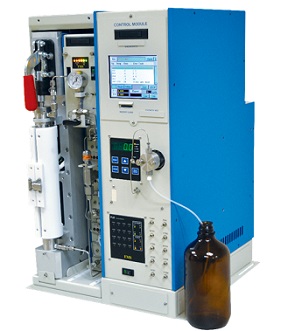
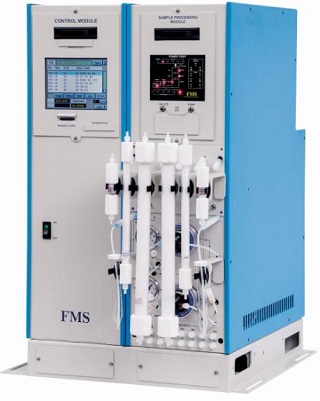
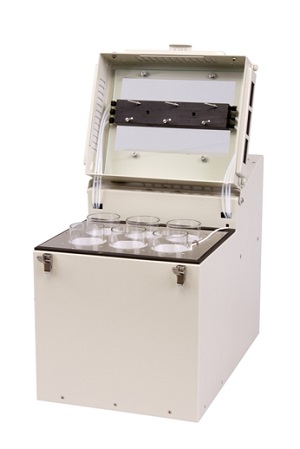
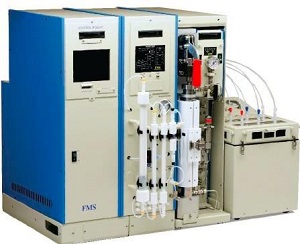
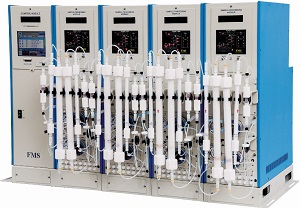
Introduction of instruments required for pretreatment of dioxin compounds in samples
Next Article
Note on the use of mold incubator
Prev Article
Do not relax after management of peach trees